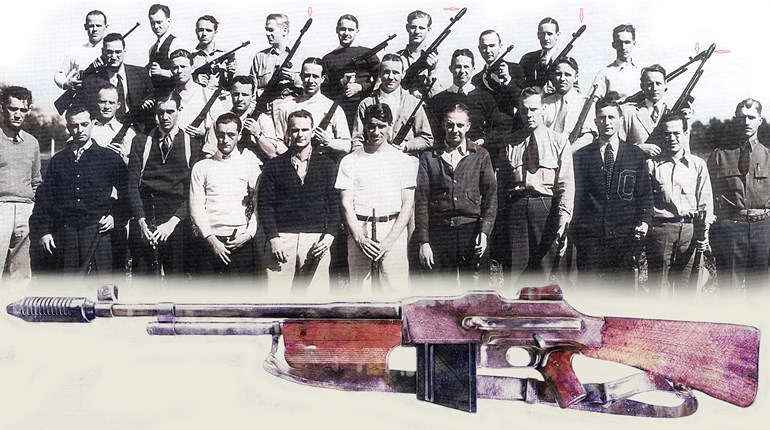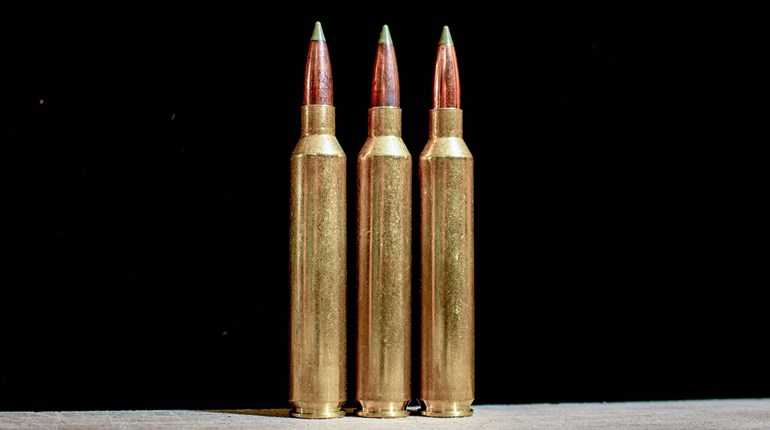
A few years ago, a respected colleague of mine referred to the carrying of two defensive guns as a “New York Reload.” While I appreciate the clever term, I have to say that the practice goes back long, long ago, maybe even before there was a New York City. In truth, I suspect it dates to when citizens first began to carry pistols for defensive purposes.
Resorting to another loaded handgun just beats standing there trying to reload an empty pistol in the middle of a gunfight. This was especially true before the advent of self-contained cartridges. It is the reason many frontiersmen wore two revolvers on their belt and had two more attached to the pommel of their saddle. Even today, with a bit of practice, a shooter can get that second gun into play in an almighty hurry. Practice being the key, he or she can certainly do it faster than reloading a revolver and might even beat a speedload with a semi-automatic.
But, quickly getting your hands on another loaded gun is only one of the advantages. The primary hand, or arm, may be injured, and it just might be quicker to go for that second gun with the support hand. That is exactly what Frank Hamer did in Sweetwater, TX, in 1917.
Traveling back home from a hotly contested court case, Hamer was warned that he might encounter trouble in Sweetwater. Taking the warning seriously, Hamer buckled on his second gun, a Smith & Wesson .44 Spl. Triple Lock. Initially hit in the shoulder with a .45 ACP slug, he drew the Triple Lock with his support hand and permanently stopped his attacker.
Hamer was a longtime advocate of carrying two guns when necessary. His son, Frank Hamer, Jr., told me that his dad and Maney Gault both carried Colt 1911s in .38 Super as second guns during the Bonnie and Clyde investigation.
Another reason for carrying two guns is your primary gun might malfunction or be struck by incoming rounds. This is exactly what happened to at least one FBI special agent in the Miami shootout with bank robbers in 1986. In this case, the agent’s semi-automatic pistol was hit by a .223 Rem. fired by one of the bank robbers and taken out of commission. Again, an ongoing gunfight is no place to be with an empty gun or one that no longer functions.
Today, probably the most common two-gun technique is that the second gun be smaller in size and more easily concealable. While the primary gun might be located on the waist, the smaller gun is more likely to be in a pants pocket, ankle holster or some other deep-cover location. I am not sure it really matters, so long as the armed citizen practices getting this second gun into play as much as he or she does their primary.
In my case, I don’t and haven’t carried two guns as a usual practice. However, on narcotic raids, felony apprehensions or just foreknowledge that I’d be having to deal with a bad dude, I put the second gun on. My preference was to carry two identical guns. I have nearly always carried the second gun in a shoulder holster. And, if it matters, I have two pairs of guns to choose from: a pair of all-steel Colt Commanders in .45 ACP, and a pair of Smith & Wesson Model 19 revolvers.
Another advantage of carrying two guns is when traveling. I don’t find a shoulder holster to be quite as fast as drawing from the hip. However, while seated in my car, the shoulder holster is faster than trying to dig under the seat belt and get the gun on my hip. Also, should I be involved in an incident while away from home, the gun that I use is more than likely going to be taken as evidence. I might just be able to keep the second gun for my continued protection, depending upon all the circumstances involved, of course.
Some readers might think that wearing two guns is an over-dramatization. Yet, you might live in a city that is experiencing civil unrest and be involved in a bad scene before you are able to get away from it. Another example might be a person working in retail business during a spree of armed robberies. There are any number of conflicts that might force a person into an extended fight he or she can’t avoid. And it behooves us all to remember Murphy’s Law; the primary gun might malfunction or be damaged, and/or your shooting hand or arm might be injured. In short, that second gun might just be a lifesaver.
The key, takeaway here, of course, is to give serious thought to the choice of the second gun and gear; don’t go cheap. Practice with it as often as you do your primary gun. “The New York Reload” has saved the lives of many police officers and lawfully armed citizens, and remains a valid carry choice.



































